Instead of creating the two interim images like my answer above, an alternative way is to make the two arrays using imshow, like in the example below.
We will grab the numpy array from the imshow object using ._rgbacache, but to generate this you have to display the imshow object on an axis, hence the fig and ax at the beginning.
import numpy as np
import matplotlib.pyplot as plt
# Need to display the result of imshow on an axis
fig=plt.figure()
ax=fig.add_subplot(111)
# Save fig a with one cmap
a=np.random.rand(20,20)
figa=ax.imshow(a,cmap='jet')
# Save fig b with a different cmap
b=np.random.rand(20,20)
figb=ax.imshow(a,cmap='copper')
# Have to show the figure to generate the rgbacache
fig.show()
# Get the array of data
figa=figa._rgbacache
figb=figb._rgbacache
# Stitch the two arrays together
figc=np.concatenate((figa,figb),axis=1)
# Save without a cmap, to preserve the ones you saved earlier
plt.imsave('figc.png',figc,cmap=None)
EDIT:
To do this with imsave and a file-like object, you need cStringIO:
import numpy as np
import matplotlib.pyplot as plt
from cStringIO import StringIO
s=StringIO()
t=StringIO()
# Save fig a with one cmap to a StringIO instance. Need to explicitly define format
a=np.random.rand(20,20)
plt.imsave(s,a,cmap='jet',format='png')
# Save fig b with a different cmap
b=np.random.rand(20,20)
plt.imsave(t,b,cmap='copper',format='png')
# Return to beginning of string buffer
s.seek(0)
t.seek(0)
# Get the array of data
figa=plt.imread(s)
figb=plt.imread(t)
# Stitch the two arrays together
figc=np.concatenate((figa,figb),axis=1)
# Save without a cmap, to preserve the ones you saved earlier
plt.imsave('figc.png',figc,cmap=None)


